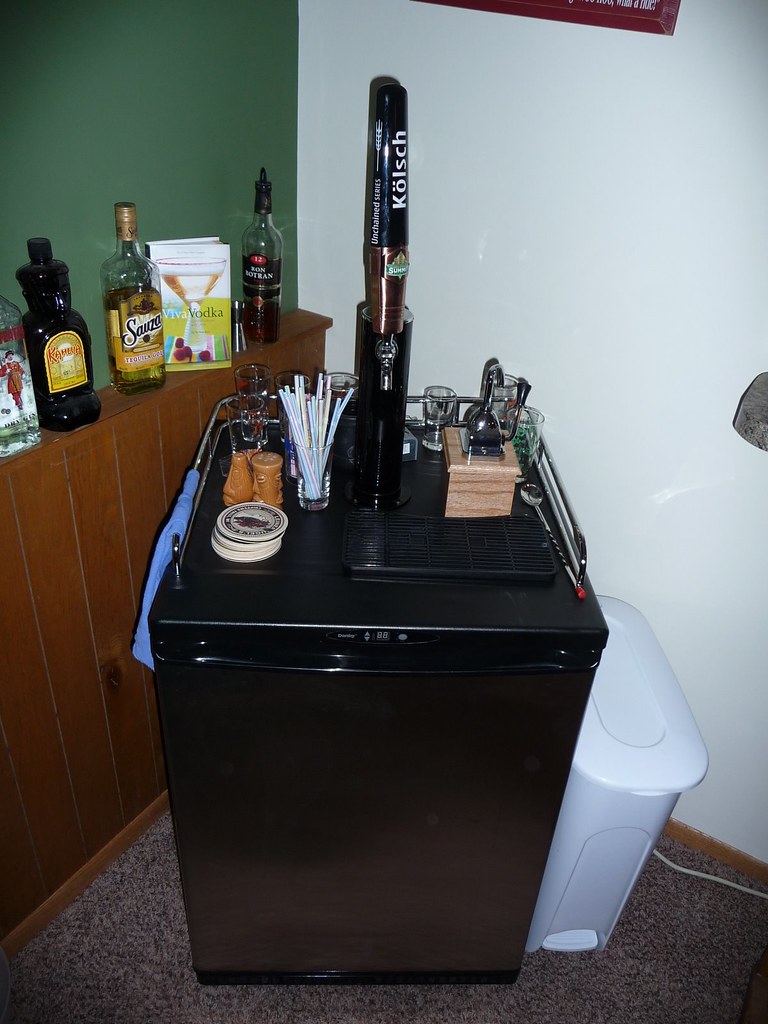commonlaw
Well-Known Member
Hey commonlaw, how did the propane regulator work out for you. I'm in the midst of setting up something very similar, and if you've got some lessons learned to share, it'd be appreciated.
sorry for the late reply. Propane regulator seems to be working great (don't use a natural gas regulator as it does not work). Beer has been staying fresh and it doesn't get pushed out of the rocket pump, so not much to complain about. I'm still playing with some things, like what happens if I introduce a little oxygen in the beginning. But the propane regulator definitely seems like the poor man's cask breather. I love having a pseudo cask beer on tap all the time.
Let me know if you have any other specific questions. Build was really easy--just need to figure out what thread fittings you need to get it all connected (and get a regulator that doesn't have the propane part screwed on already--I bought one and for the life of me I could not get it off--had to spend another $20 for a new regulator with no fittings). I have a co2 tank feeding my single tap handle, another keg with a picnic tap, and the handpump through a 3-way manifold. I can pump up the co2 to force carb and the propane regulator still does its thing.


![Craft A Brew - Safale S-04 Dry Yeast - Fermentis - English Ale Dry Yeast - For English and American Ales and Hard Apple Ciders - Ingredients for Home Brewing - Beer Making Supplies - [1 Pack]](https://m.media-amazon.com/images/I/41fVGNh6JfL._SL500_.jpg)
















































